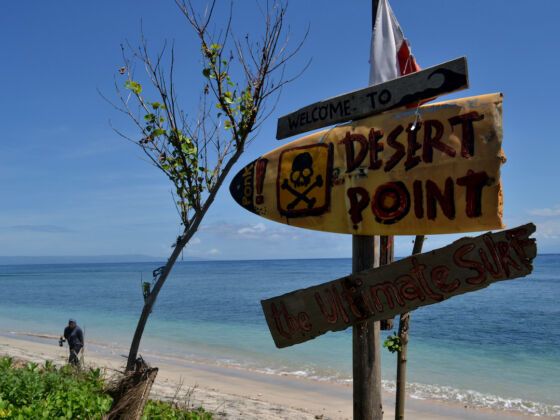JESUS H CHRIST. I positioned myself well outside the takeoff zone. I was officially kooking it. I wasn’t even sure how I was going to get back in. I resigned to being trapped out there, and to a painful, lacerated ending.
I had made it outside easily, just in time for a set to roll through that was bigger than any I’d seen in the last two hours — liquid mountains steepening and funneling in towards the reef. They had immediately ruined my session. I had sprinted over them, shaking and horrified at the immense roar and thick, drive-your-van-through sized barrels, which unloaded onto the visible brown, contoured reef.
